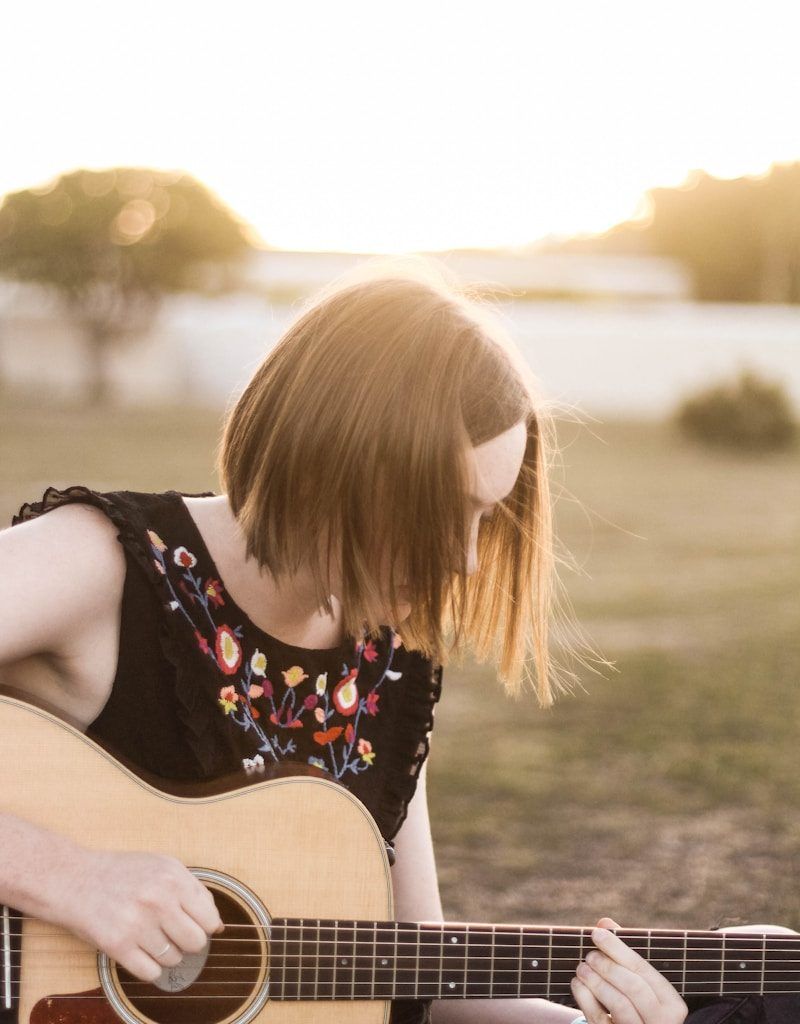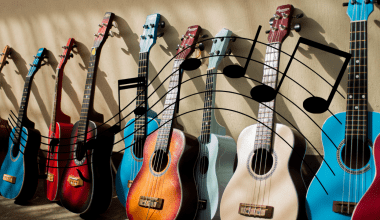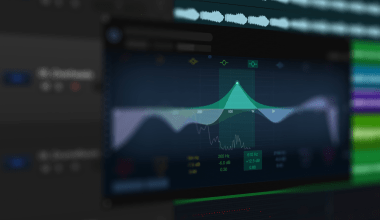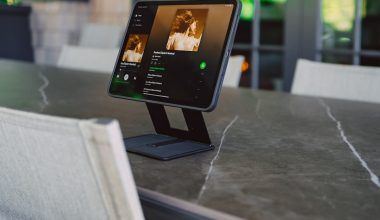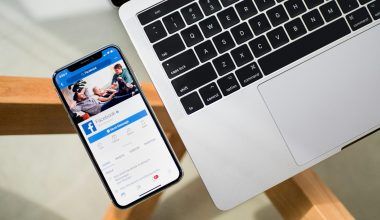Imagine you’ve created an amazing video and uploaded it to YouTube. You’re excited to share it with the world, but soon after, you get a notification saying your video has been flagged for copyright infringement. Sounds frustrating, right?
Copyright infringement happens when you use someone else’s content, like music, video clips, or images, without their permission. On YouTube, this is a big deal because the platform is very strict about protecting people’s rights over their work.
Let’s explore what copyright infringement is, how it works on YouTube, and how you can keep your channel free from trouble.
What is Copyright Infringement?
Simply put, copyright means owning the rights to something you’ve created, like a song, video, or picture. If someone uses it without your permission, that’s copyright infringement.
On YouTube, this can include:
- Using a popular song in your video.
- Adding movie or TV clips without asking.
- Using images, graphics, or footage you don’t own.
YouTube takes copyright seriously. To catch these issues, it uses a tool called Content ID. Content ID scans videos for copyrighted material. If it finds a match, the copyright owner can:
- Block your video.
- Claim the money earned from your video.
- Give you a copyright strike.
Why Copyright Infringement on YouTube is a Big Deal
If you’re a YouTuber, copyright infringement can create major problems. Here’s how:
1. Copyright Strikes
YouTube uses a “three strikes” rule.
- First Strike: A warning and restrictions like no live streaming.
- Second Strike: More severe restrictions for a longer time.
- Third Strike: Your channel is deleted.
2. Losing Monetization
If your video contains copyrighted material, the revenue from ads may go to the copyright owner instead of you.
3. Legal Trouble
In extreme cases, you might face legal action. This could mean paying fines or even going to court.
What is Fair Use?
The term fair use is often confusing, but it’s important for YouTubers. Fair use lets you use copyrighted material without permission in certain cases, such as:
- Making a review or critique.
- Using it for teaching or education.
- Creating a parody or funny version.
However, fair use has limits. Just because you think your video qualifies doesn’t mean it does. Courts will look at:
- How much of the original work you used.
- Whether your video adds something new or creative.
- If your video harms the original creator’s ability to earn money.
How to Avoid Copyright Problems on YouTube
Here are some easy ways to keep your channel safe:
1. Use Royalty-Free Content
There are plenty of websites offering free or paid music, videos, and images that you can use without trouble. Some great platforms are:
- Epidemic Sound: Music for videos.
- Unsplash: Free images.
- Pexels: Free videos and photos.
2. Check the License
If you use music or videos that require a license, make sure to get it. Keep a copy of the agreement for your records.
3. Use YouTube’s Audio Library
YouTube has its own Audio Library, filled with free music and sound effects you can use. This is the safest way to add sound to your videos.
4. Create Original Content
The simplest way to avoid copyright issues is to create your own music, videos, or images. This ensures your content is unique and fully yours.
What to Do If You Get a Copyright Claim
If YouTube flags your video for copyright, don’t worry. Here’s what you can do:
Step 1: Understand the Claim
Go to your YouTube Studio to see the details. You’ll find out which part of your video caused the claim and who made it.
Step 2: Fix the Problem
You can:
- Mute the copyrighted part.
- Replace the music using YouTube’s tools.
- Edit the video to remove the copyrighted material.
Step 3: Dispute the Claim
If you think the claim is wrong, you can file a dispute. For example, if you believe your video qualifies as fair use, explain why.
Step 4: Seek Legal Help
For complex issues, it’s best to consult a copyright lawyer.
Tips for Using Music and Videos Legally
Music and video are the most common reasons for copyright claims. Here’s how to use them safely:
- Always look for royalty-free tracks or buy a license.
- Check the copyright status of any clip or image you plan to use.
- Never assume small changes (like cropping or speeding up) will bypass copyright.
How to Handle Copyright Strikes
If you receive a copyright strike, stay calm. You can take steps to resolve it:
- Remove or fix the video.
- Complete YouTube’s Copyright School. This is a short lesson on copyright rules.
- Contact the copyright owner to ask for a retraction.
Remember, copyright strikes expire after 90 days if you handle them properly.
FAQs About YouTube and Copyright
1. Can I use someone else’s song if I give credit?
No, giving credit does not protect you from copyright claims. You need permission or a license.
2. How long can I use a copyrighted song without getting flagged?
There’s a myth that you can use up to 10 seconds, but that’s false. Even a few seconds can lead to a claim.
3. What is Content ID?
It’s YouTube’s system to detect copyrighted material in videos.
4. Can I upload a reaction video without issues?
You can, but ensure your commentary is original and adds value to the content you’re reacting to.
Why Education About Copyright is Key
Understanding copyright isn’t just about avoiding trouble. It shows respect for other creators’ hard work. YouTube’s Copyright School is a great resource if you’re new to these rules.
Final Thoughts
Navigating YouTube and copyright infringement can seem tricky, but it doesn’t have to be. By creating original content, understanding fair use, and using tools like YouTube’s Audio Library, you can protect your channel and grow confidently.
Remember, respecting copyright is about fairness. When you value others’ work, your audience will value yours too. Happy creating!
Related Articles:
For further reading, explore these related articles:
- How to Apply for Monetization on YouTube: Your Ultimate Guide
- How to Create a Music Page That Truly Represents You
For additional resources on music marketing and distribution, visit DMT RECORDS PRIVATE LIMITED.
